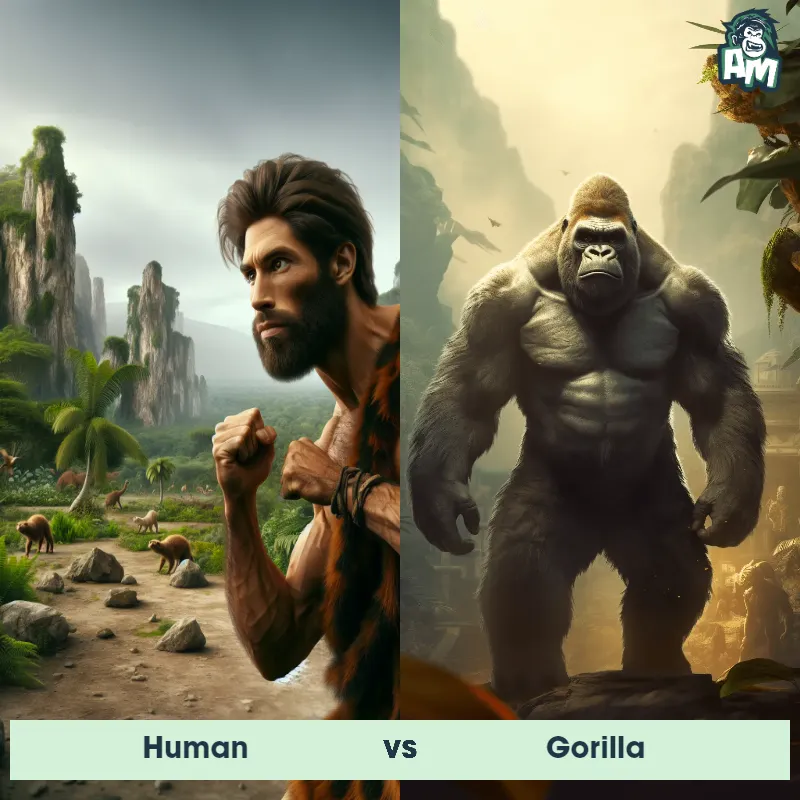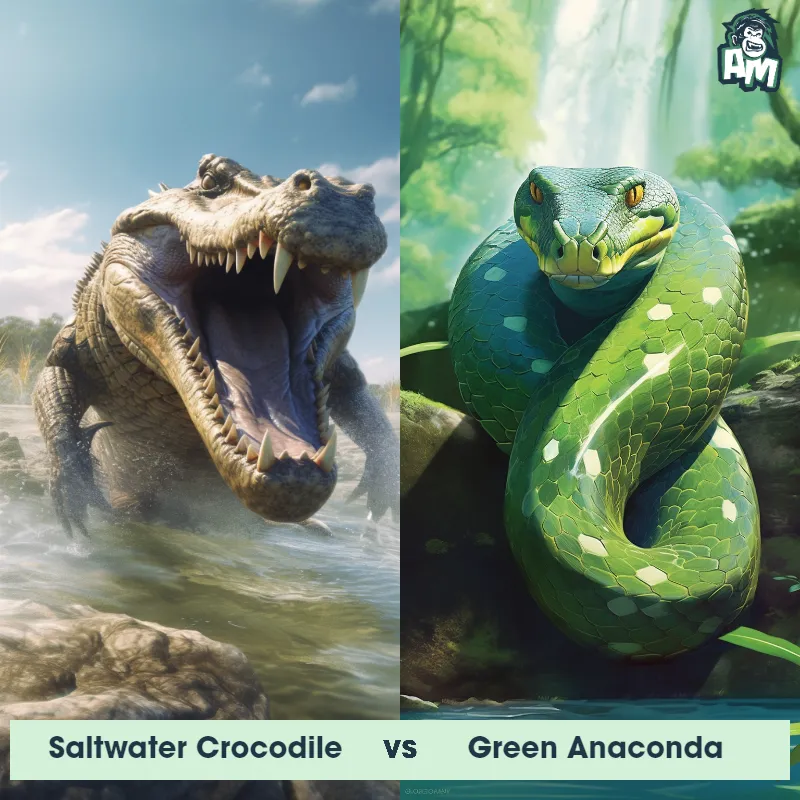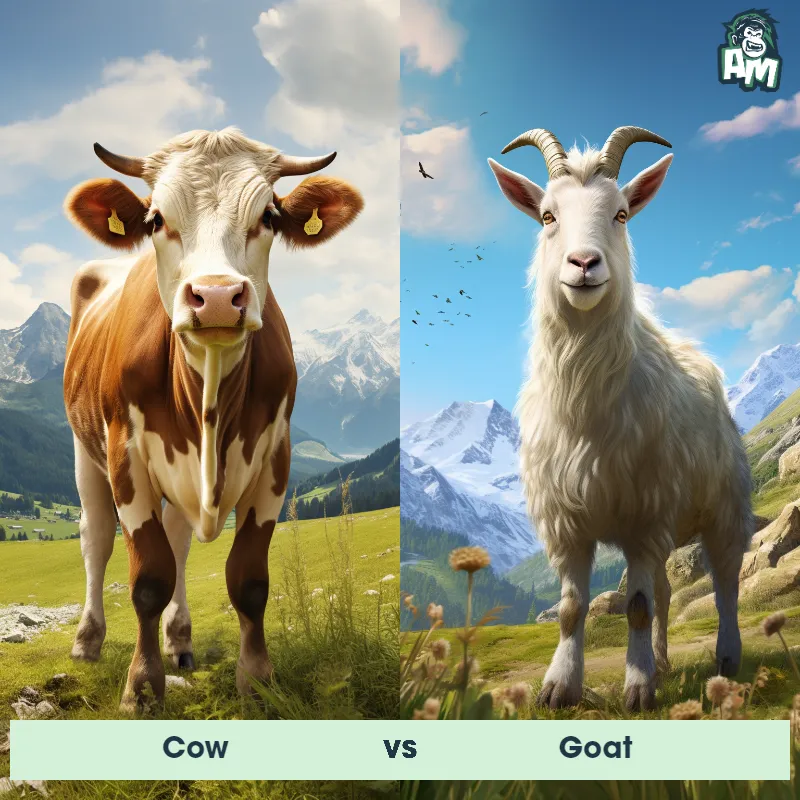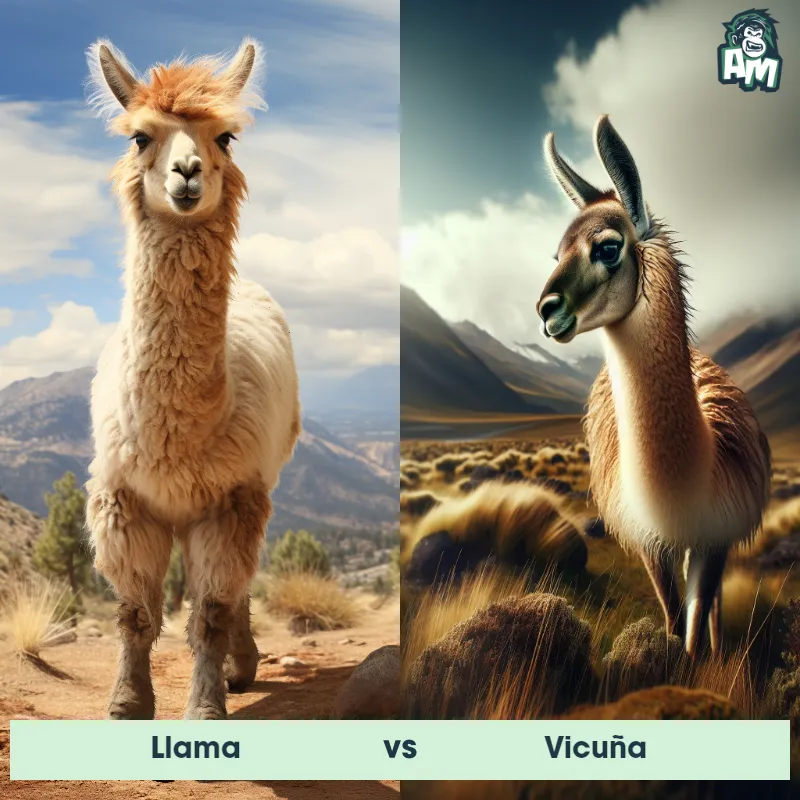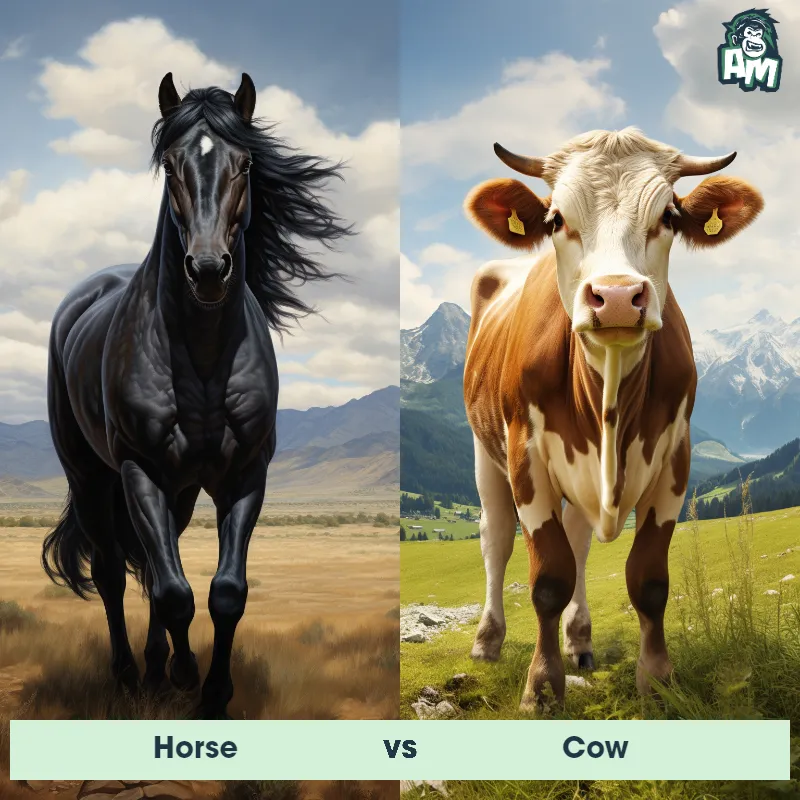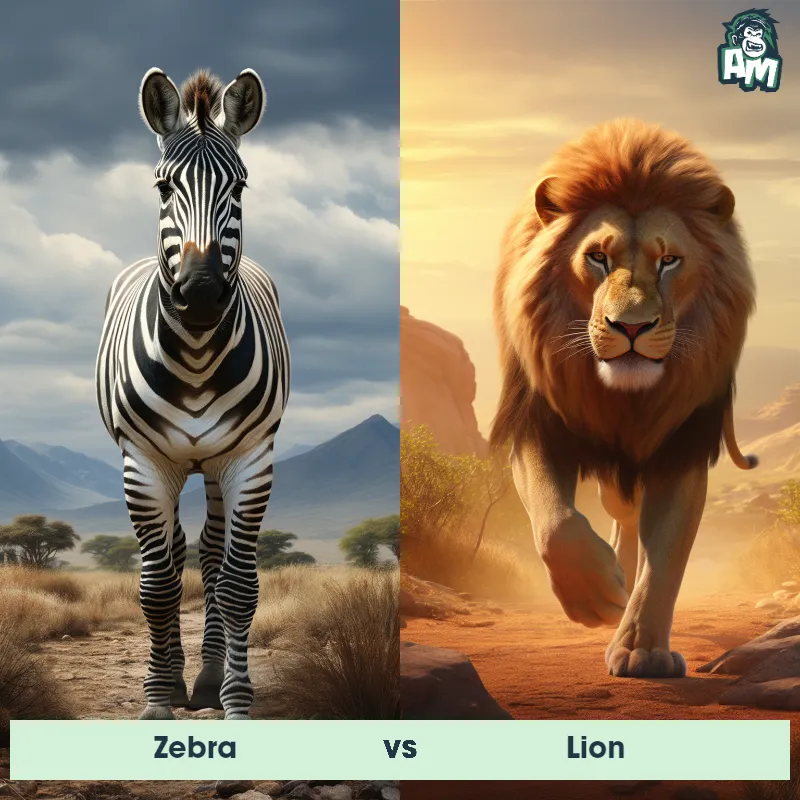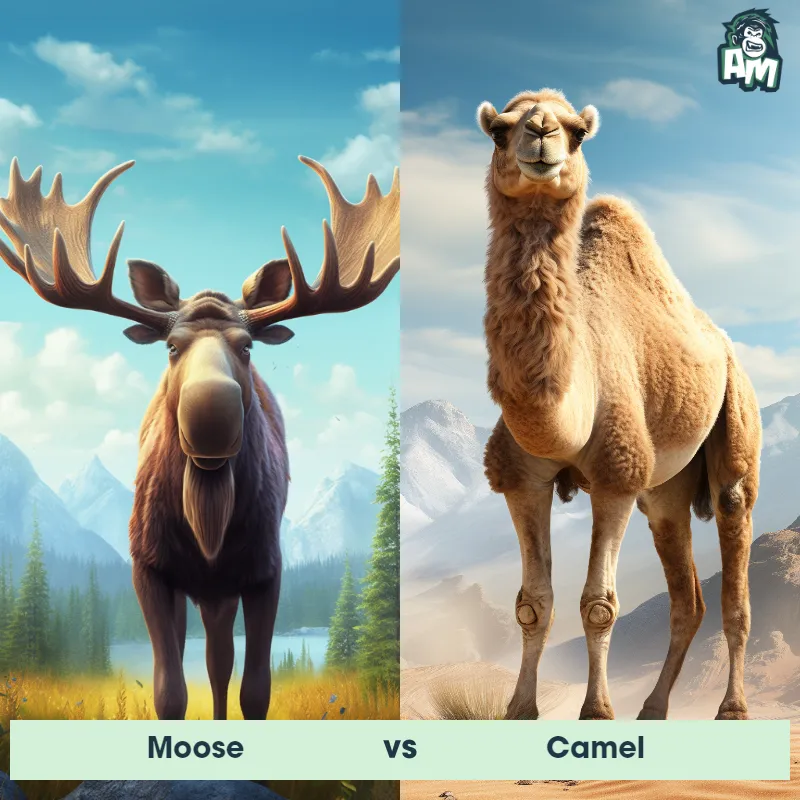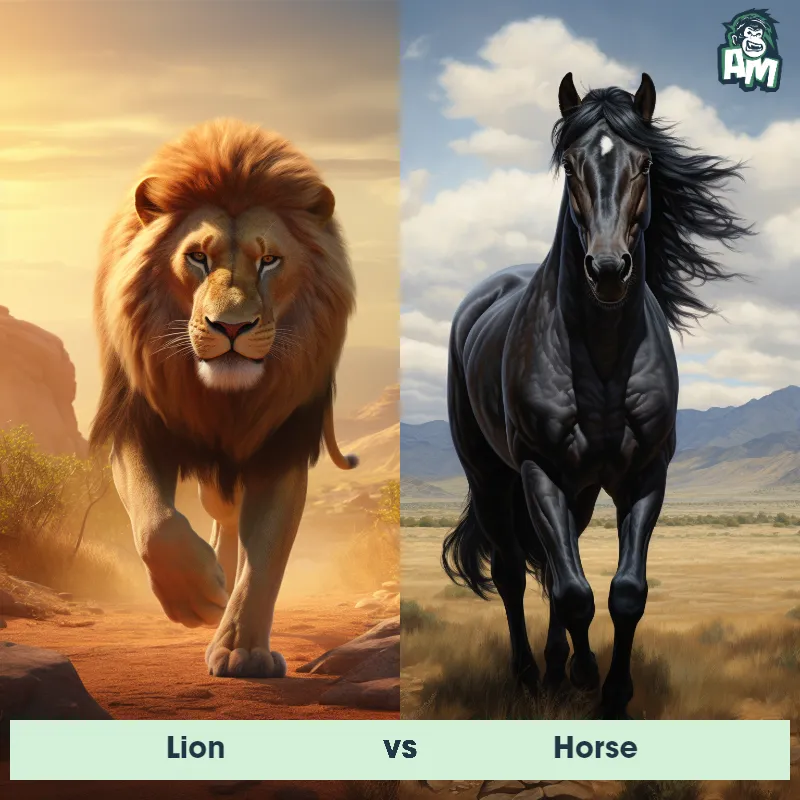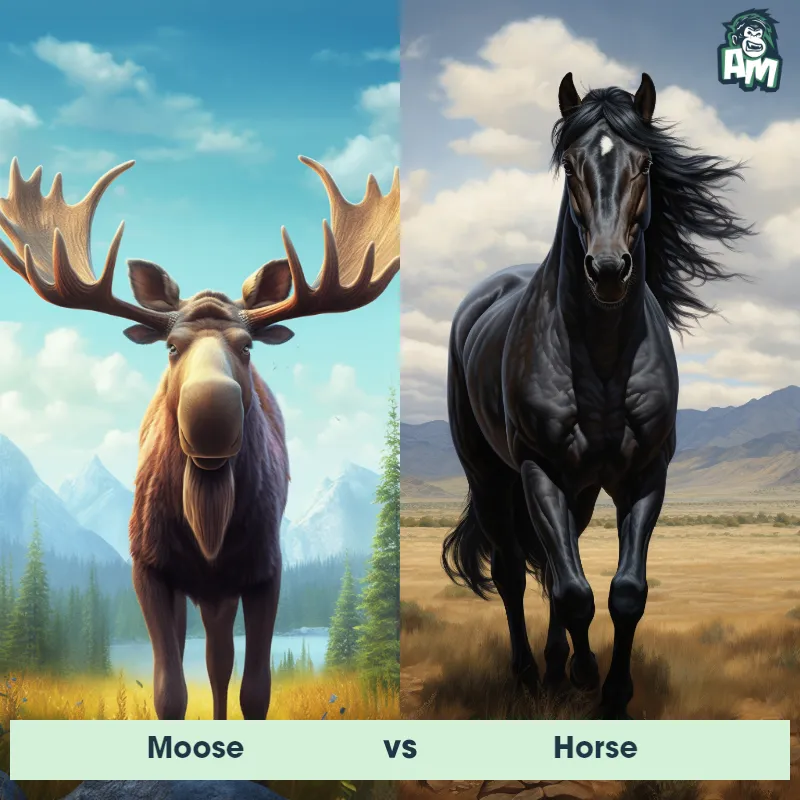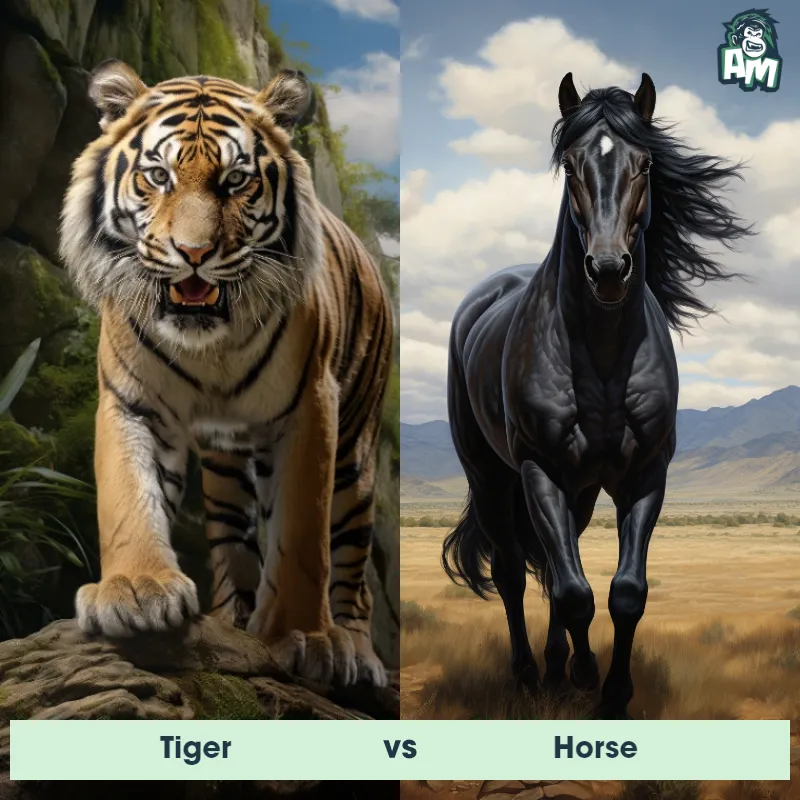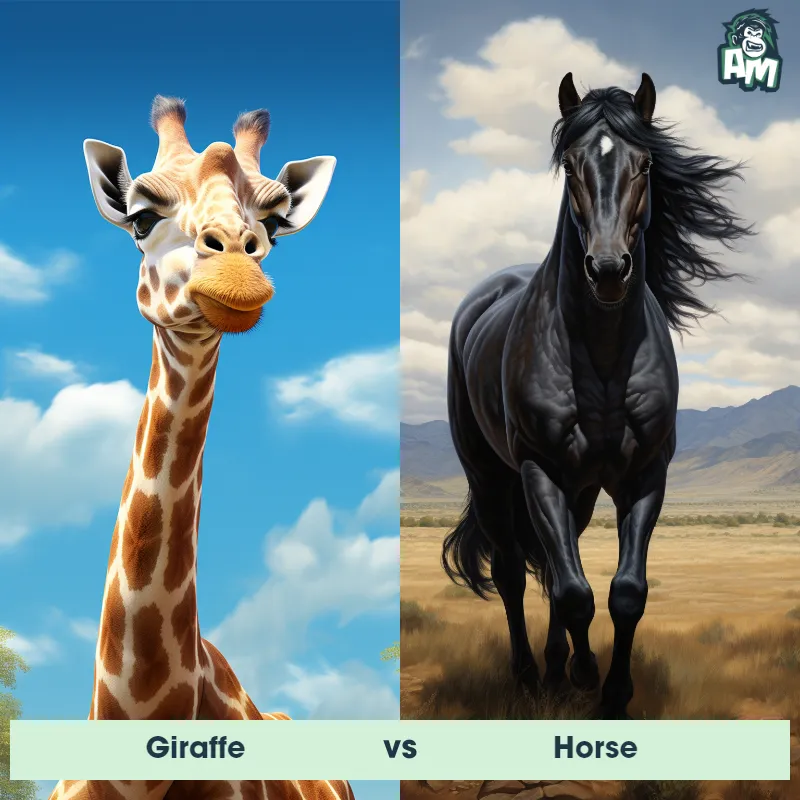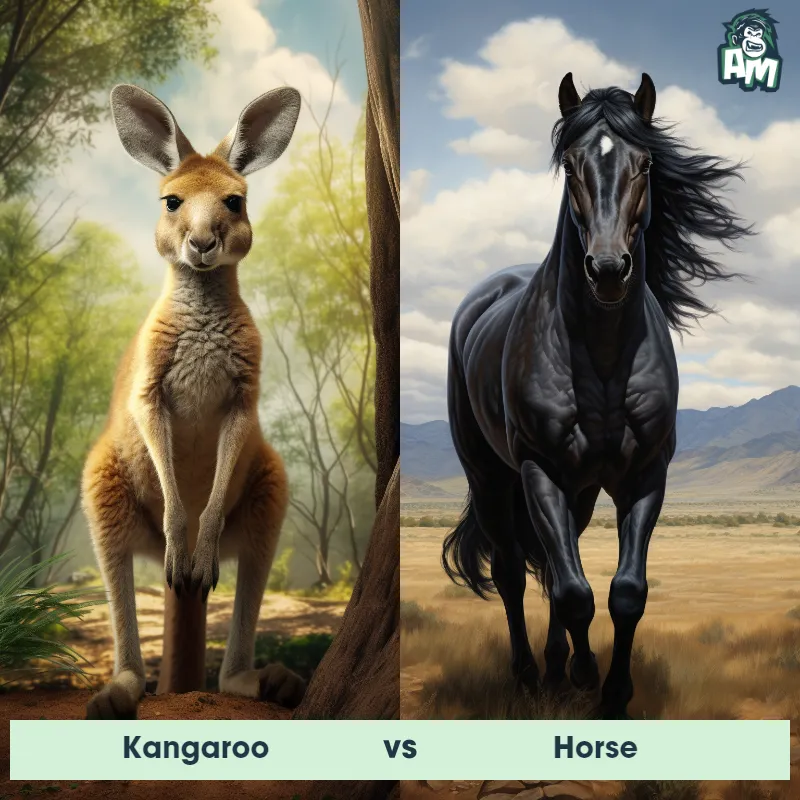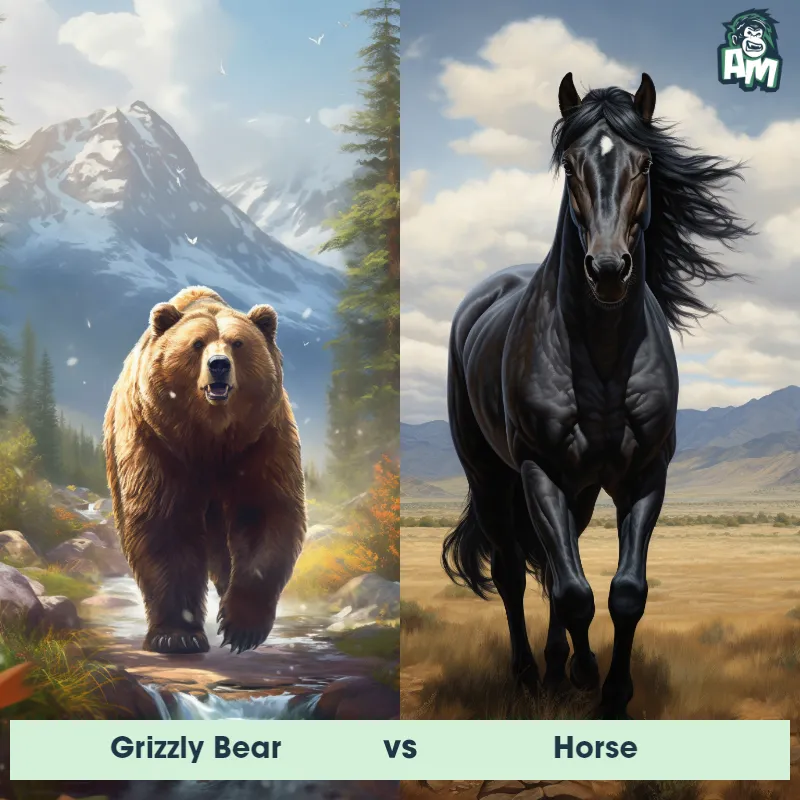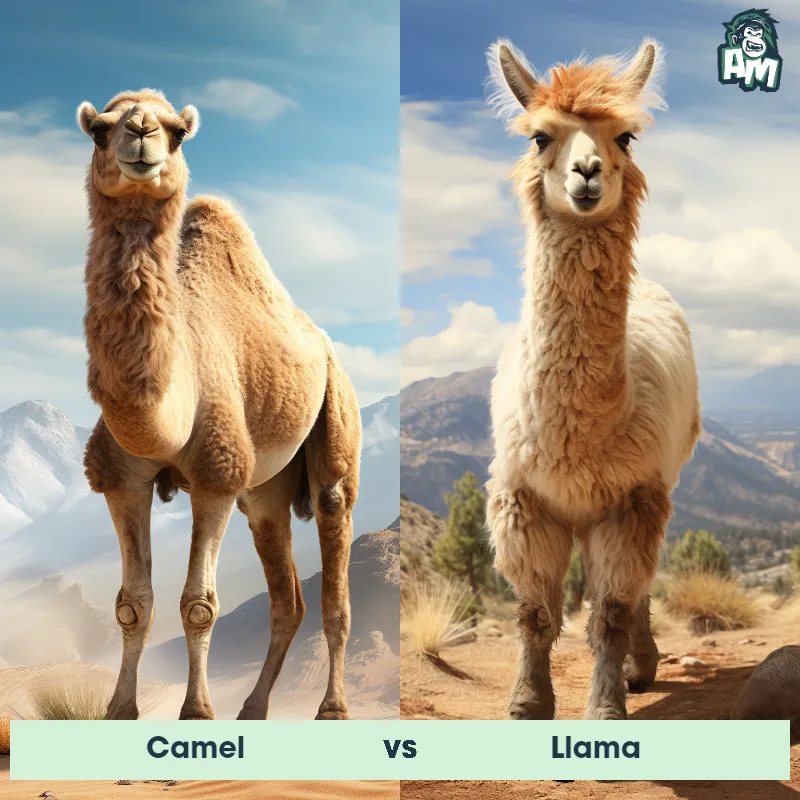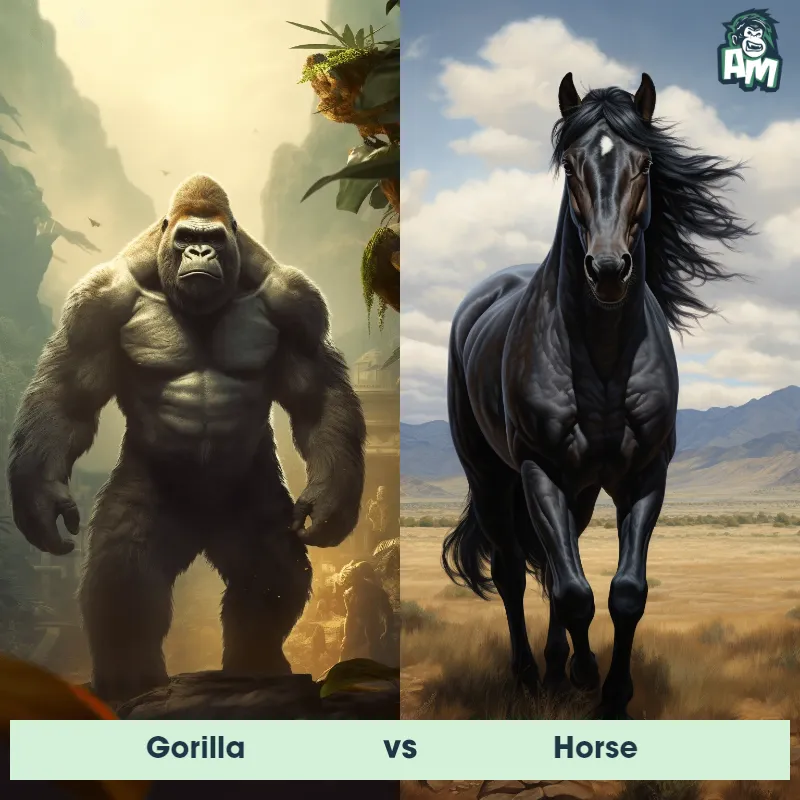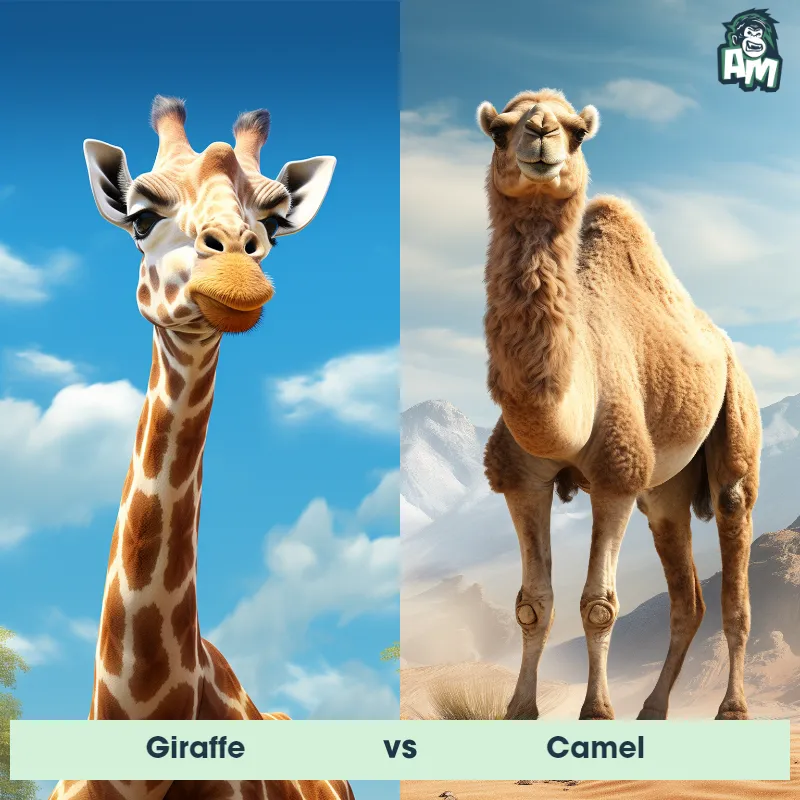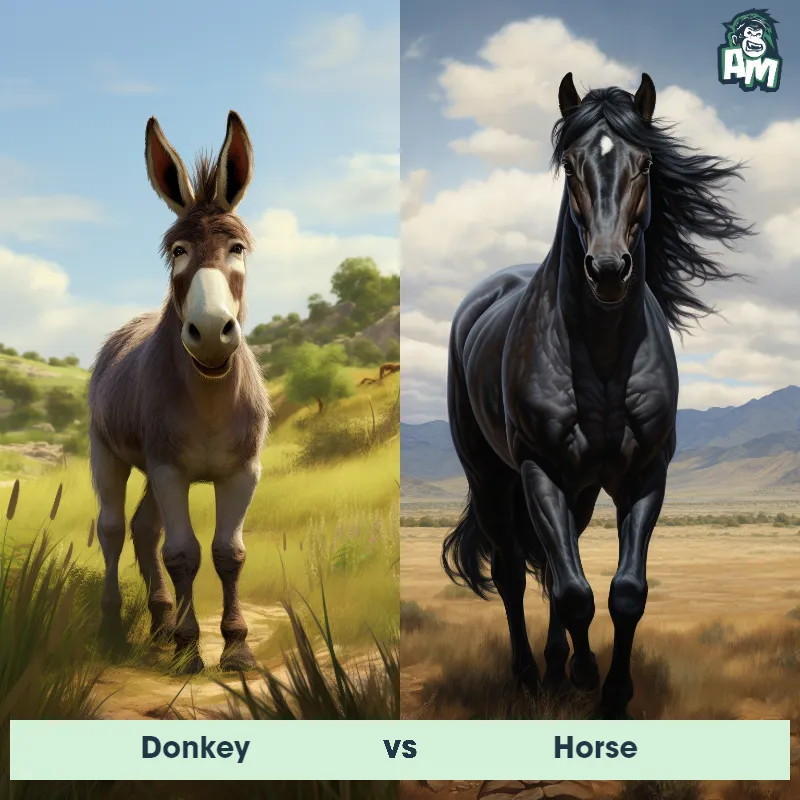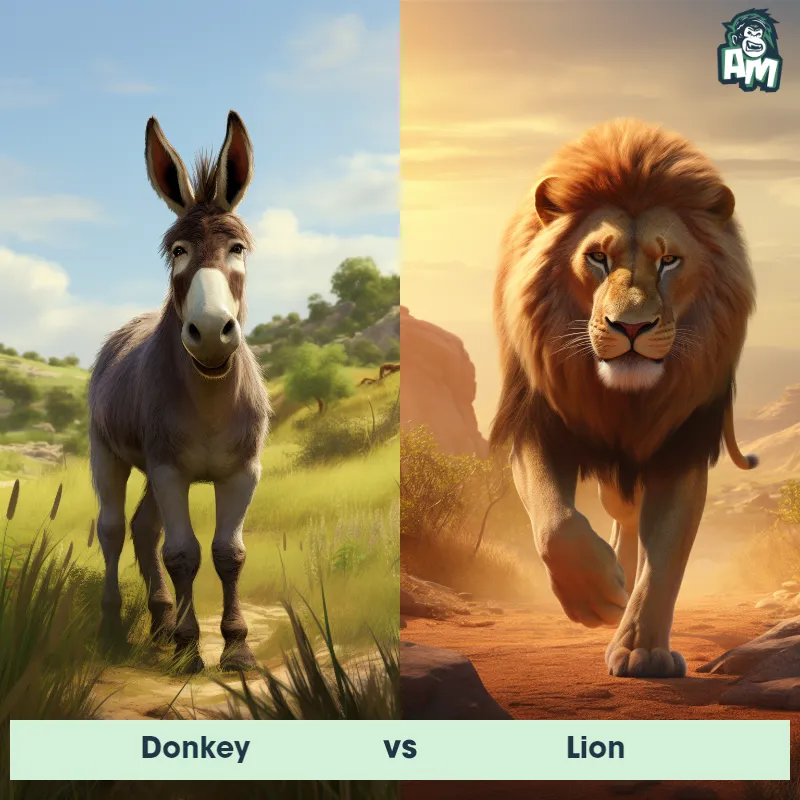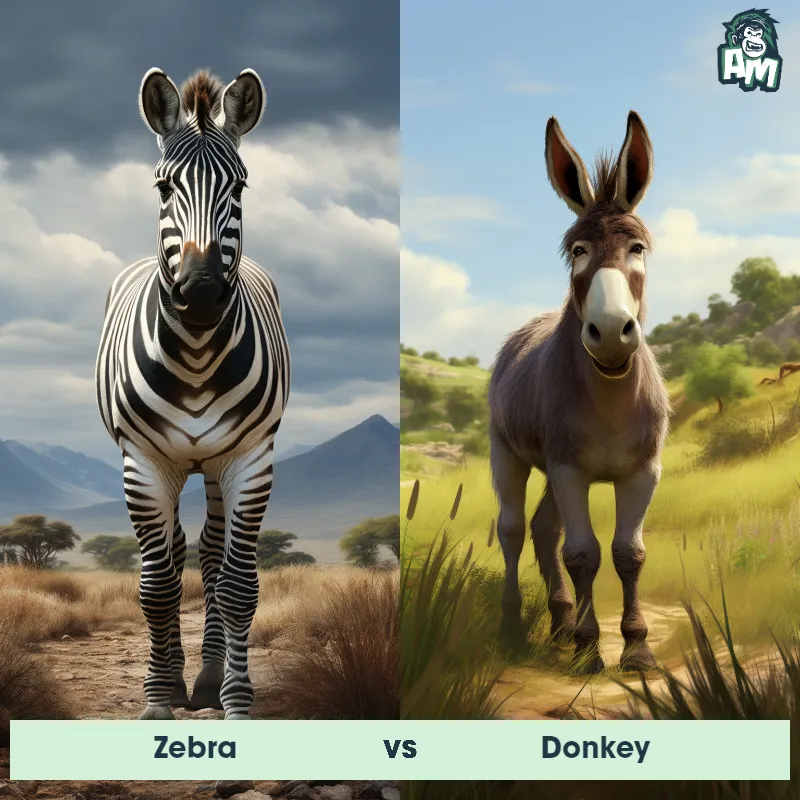Horse vs CamelSee Who Wins

Ladies and Gentlemen, today we're in for an atypical face-off between two towering heavyweights of nature's domain. In one corner, we've got the agile and swift Horse, renowned for its fast gallop and reliable endurance. In the opposite corner, the resilient Camel, equipped with stamina like no other and adapted for the harshest of battles. We're all on tenterhooks awaiting the start of what promises to be a fascinating encounter.
Contender 1: Horse
The Horse is a large domesticated ungulate notable for its speed, strength, and endurance. With muscular bodies, long legs, and a well-defined neck, horses exhibit a wide variety of coat colors and distinctive markings. They possess a unique digestive system that allows them to survive on a diet mainly of grass. Known for their keen senses and high level of sociability, horses have been used for various purposes, including transportation, work, sport, and companionship, throughout human history.
![[object Object] Gif](https://tenor.com/view/horse-fight-viralhog-animal-brawl-animal-scuffle-gif-14740911035351561444.gif)
Fun Fact: Interestingly, horses use their ears, eyes, and nostrils to express their mood, making them one of the most expressive animals.
Contender 2: Camel
Camels are large, hardy mammals known for their distinctive humped backs, which store fat reserves to sustain the animal in harsh desert environments where food and water are scarce. There are two primary species: the dromedary camel, which has a single hump, and the Bactrian camel, which has two. Camels are well adapted to survive in extreme temperatures, with long legs, leathery pads on their feet to prevent sinking in the sand, and thick eyelashes and ear hairs to keep out sand and dust.
Fun Fact: Contrary to popular belief, camels do not store water in their humps - they are actually filled with fatty tissue that the camel can metabolize for energy when food is scarce.
Matchup Stats
| Horse | Camel | |
|---|---|---|
| Size | 4.5 - 6 feet at the shoulder (1.4 - 1.8 meters) | 6 feet at shoulder height (1.8 meters) |
| Weight | 900 - 2200 pounds (410 - 1000 kilograms) | 1000-1500 pounds (450-680 kilograms) |
| Speed | 55mph (88km/h) | 40mph (64km/h) |
| Key Strength | Speed and powerful kicks | Strong legs and heavy body weight |
| Biggest Weakness | Lack of natural weapons (like claws or sharp teeth) | Limited agility due to size and body structure |
Current Votes
Horse vs Camel
See Who Wins
Matchup Videos
All of our videos contain verified footage of natural encounters between the Horse and the Camel. These are true sightings and observations filmed by tourists, scientists, and wildlife documentarians.View More Matches
Looking For More?
Similar Matches
Scientific Stats
| Horse | Camel | |
|---|---|---|
| Scientific Name | Equus ferus caballus | Camelus |
| Family | Equidae | Camelidae |
| Habitat | Grasslands, Deserts, and Forests | Deserts, arid regions |
| Geography | Worldwide | Middle East, North Africa, Central Asia |
| Diet | Herbivore (Primarily grass, hay, and grains) | Herbivore, eats thorny plants, dry grasses, and saltbush |
| Lifespan | 25 years - 30 years | 40 years - 50 years |
Key Differences between Horse and Camel
- Mane: Horses have a long, flowing mane that grows along the back of their neck, whereas Camels have a shorter and more coarse mane.
- Tail: Horse's tail is long and flowing, while Camels have a shorter, tufted tail.
- Legs: Horses have slender, well-defined legs with hooves, whereas Camels have sturdy legs with broad, padded feet.
- Body Size: Horse is generally larger and taller than the Camel.
- Hump: Camel possesses one or two humps on their back, while Horses do not have any hump.
- Muzzle: The shape of the muzzle differs between the two species. Horses have a narrower, more pointed muzzle, while Camels have a broader, more rounded muzzle.



